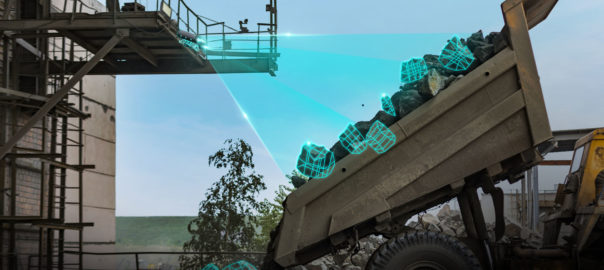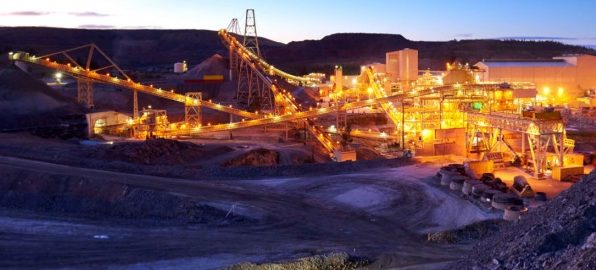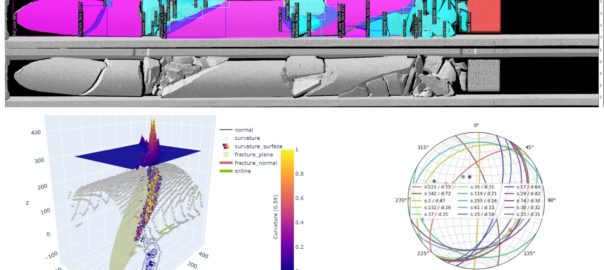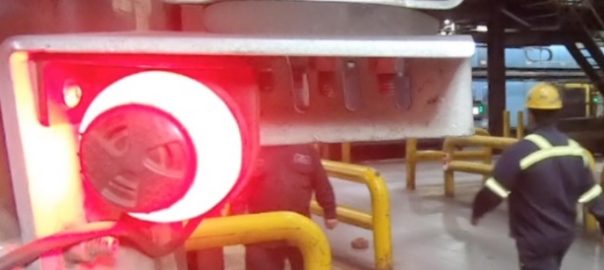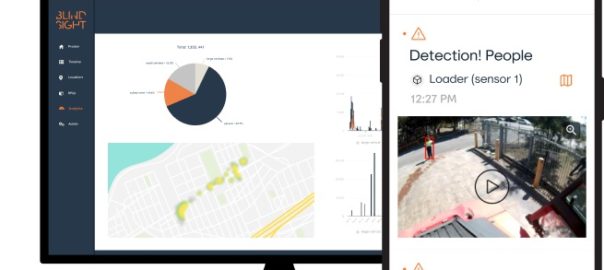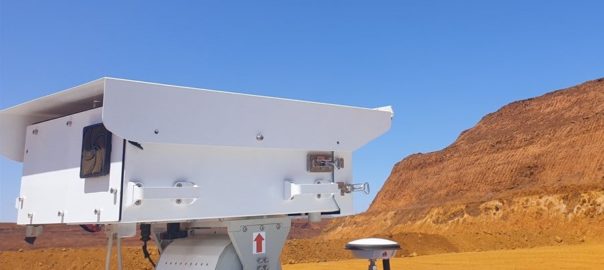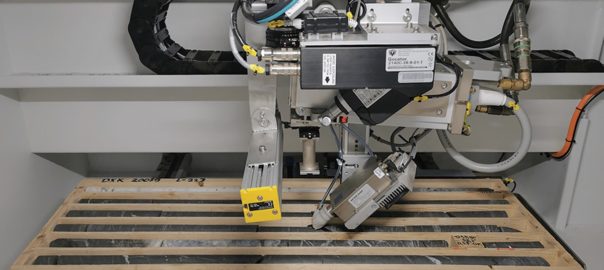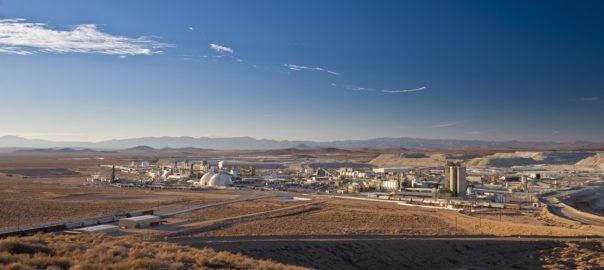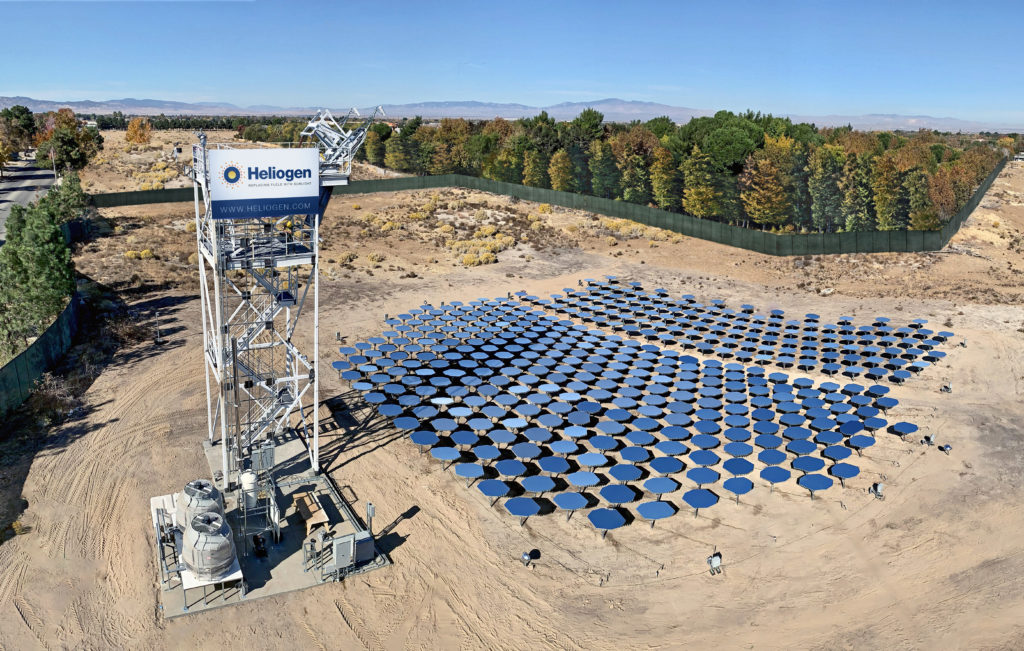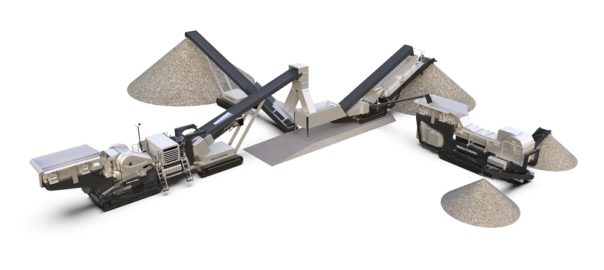Orica has announced the release of its latest fragmentation monitoring solution, FRAGTrack™ Crusher, an automated pre-crusher fragmentation measurement tool delivering, it says, operational continuity in a safe and reliable way.
Based on the success of the existing suite of automated post-blast fragmentation monitoring solutions, Orica has developed FRAGTrack Crusher to meet growing demand from customers for downstream monitoring and optimisation solutions at every stage of the mining value chain, the company said. The technology leverages the latest deep neural network artificial intelligence (AI) framework along with “industry-proven” hybrid 2D and 3D particle size distribution (PSD) processing methods to deliver a fully autonomous adaptive fragmentation monitoring solution at the crusher dump pocket, enabling customers to measure material on the truck during the tipping operations, according to the company.
The company said: “FRAGTrack Crusher provides truck-by-truck PSD analysis of rock fragments during the dumping operation with unmatched accuracy and without impacting operations or productivity.”
The technology delivers constant performance tracking for both the drill and blast operations and the downstream processing functions, driving continuous improvements end-to-end in the mining value chain. When bundled with Orica’s FRAGTrack Conveyor technology in a fragmentation monitoring solution, it enables further analysis of the crusher’s performance and the impact of blasting parameters in a production workflow in real time, according to Orica.
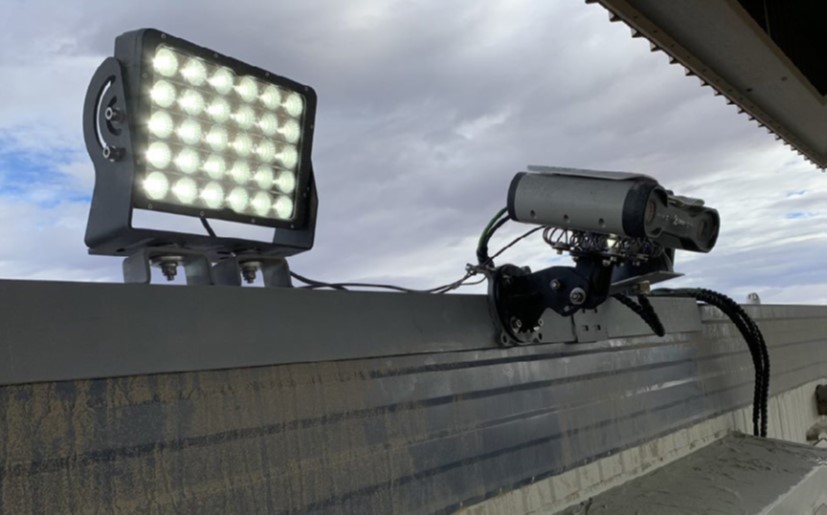
Orica Vice President – Digital Solutions, Raj Mathiravedu, said: “The full adoption of AI technology into our architecture, coupled with our strategic partnership with Microsoft, allows us to expedite the delivery of capabilities that were not previously possible, and FRAGTrack Crusher is an example of how we leverage AI to help deliver intelligence and value to our customers.”
PSD data is provided via a real-time application programming interface and industrial open platform communication unified architecture protocol to drill and blast software and crusher distributed control systems, allowing seamless integration into the existing site operation workflows, Orica says.
FRAGTrack Crusher has already been gaining traction globally in the mining and quarry markets, where it is being used as a critical enabler of blasting optimisation and mine-to-mill initiatives, according to the company. “This signals a significant transformation from the subjective nature of existing manual PSD analysis methods while eliminating the safety concerns of on-bench photography and the extensive time required to manually process and correlate to relevant data sets, including fleet management data to determine the material’s blast of origin.”
In the most recent application of FRAGTrack Crusher in a Tier One low-cost gold operation in Western Australia, it successfully delivered an automated blasting optimisation workflow on site leveraging PSD as a primary key performance indicator to throughput and overall mill performance. The project included installation of a FRAGTrack Conveyor system, post crusher, allowing pre- and post-crusher PSD to be monitored. When combined with a fragmentation improvement process, the FRAGTrack solution enabled a continuous feedback loop that enabled the operation to rapidly optimise blast designs that drive overall project profitability, according to Orica.







